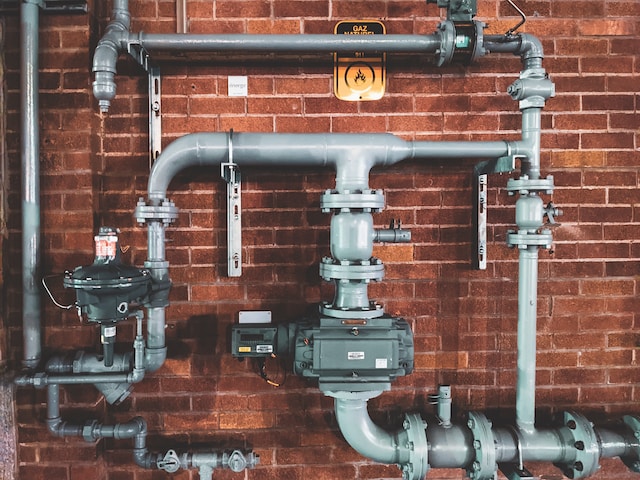It’s a cold morning, and you want a hot shower. But your water heater isn’t turning on. That’s because it needs maintenance!
Flush your tankless water heaters Pleasanton, CA, once a year to avoid scale build-up. This will keep your water heater running efficiently and extend its lifespan. It can also save you money on energy costs.
Inspect the Heater
As convenient as tankless water heaters are, they’re still susceptible to many of the same issues as other types of heating equipment. Fortunately, most of the maintenance and inspection work required is relatively simple.
Check for signs of trouble, such as clattering or banging noises, discolored water, and unpleasant smells. If these symptoms occur, follow the unit’s instructions for flushing and descaling to remove any sediment or scale buildup causing the problems.
Ensure that the gas and water valves are open and that the venting system is properly insulated and airtight. This helps ensure that carbon residue doesn’t enter your home, which can cause serious damage to the unit and create a fire hazard. Also, inspect the hot water vents for blockages that may hinder operation. A blocked vent can prevent the proper circulation of hot water throughout your home, leading to lower efficiency and performance.
Clean the Filter
A clogged filter can diminish your tankless water heater’s performance. Luckily, this is an easy fix. Start by turning off your water heater’s isolation valve, removing the caps on the cold and hot water lines, and draining your system.
Mineral deposits from hard water can also contribute to a clogged tankless water heater. To clear these deposits, flush the unit following its manufacturer’s instructions. This typically involves shutting off the power and water supply, connecting a hose to the flush valve, and opening the gas valve to flush the unit for several minutes.
Inspect the venting system every six months to ensure it is functioning properly. This can help prevent carbon monoxide poisoning if the venting is blocked by debris. If you find any issues with the venting system, consult a professional to repair them safely.
Test the Pressure
If your new tankless water heater isn’t producing hot water, it could have a problem with its pressure. Low gas pressure can hinder its function, but it’s easy to test.
Open the drain valve on your water heater, then close the cold-water inlet and hot-water outlet shut-off valves. Turn on a hot-water faucet to get a reading on the water pressure. If it drops off quickly, a blockage in the plumbing system needs to be cleaned.
It’s also possible that the igniter or flame sensor may have a clog of sediment or other debris, which can hamper their efficiency. Clean these components and reposition or replace them as needed. Another possibility is a broken temperature sensor, which can also be replaced. Check the unit’s user manual for more information. Lastly, make sure that the electrical connections are in good condition. If they’re damaged, hiring a professional to repair them is important.
Inspect the Connections
Over time, minerals like calcium and others can clog your tankless water heater. Flushing your system every six months helps remove these deposits and keeps your unit running smoothly and efficiently.
During the frigid weather, checking your pipes and connections for damage is important. If you notice a lack of hot water, there may be crossed water lines (water flowing from the cold side to the hot side) or a corroded line.
To check the plumbing, open the access panel and cover your tankless water heater. Check that the electricity is ON, that all wires are connected properly to their terminal block, and that the cover is securely reattached. You should also bleed the system by opening up all hot water outlets and leaving them open for a few minutes to remove any air in the system. Inspecting the pressure and flow valves (installed after and before the heater) is also a good idea to ensure they’re working correctly.

